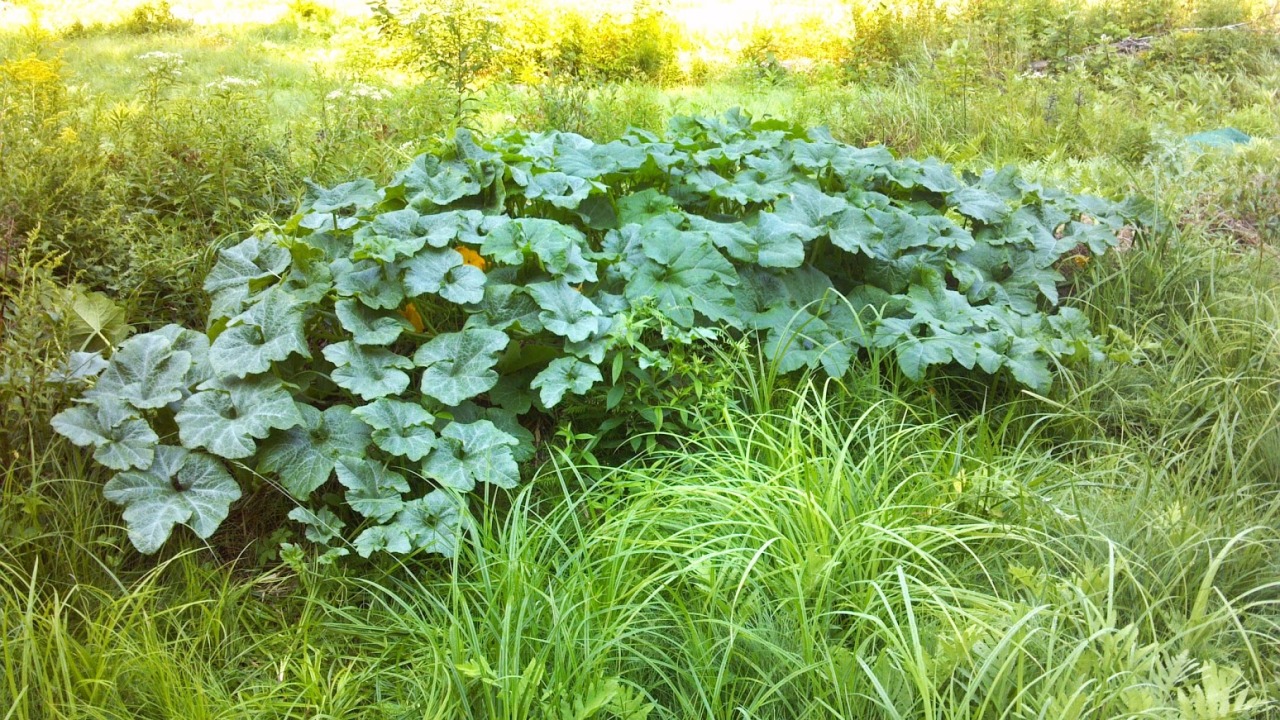- Thread starter
- #51
jasonvivier
Garden Ornament
I'm done in responding to a closed minded troll !!!!!!

Wow that's a pretty closed minded thing to say.
I'm done in responding to a closed minded troll !!!!!!

[QUOTE="jasonvivier, post: 212106, Clearly you missed a chapter on mycorrhizal symbiosis at Ye Old Vegetable Crop Department... Sorry that was mean, but it was so good that I have to post it anyway.
Here is a list of scholarly articles on the topic. Read them, I did, it was interesting.
https://scholar.google.com/scholar?...a=X&ei=5_oBVYf8MPDIsQTk9YH4BQ&ved=0CBwQgQMwAA

Jason, that looks so much like some squash I planted one year and lost. I was ashamed of all the weeds, but enjoyed the acorn squash. Never really thought to grow it that way on purpose.
My intentions had been good, I am sure, since I also planted radish seeds around the squash in hopes of foiling squash pests.
What happened that year was I planted about 30 different varieties of squash and melons. I wandered around my 40 acres and stuck a hill here and there along with some radish seeds, hoping the plants wouldn't cross pollinate. It was not a good year for the garden and many dried up and died, but a few must have been planted closer to the gully and actually did well even if I never got back to tend them.
Red, in my opinion everyone should hope for cross pollination. Plants that have little genetic diversity are more subject to disease, and can be wiped out by a single pathogen, like the Irish potato famine. I'm among a growing number of landrace farmers that purposely plant a high diversity of varieties and encourage crossing, then select from resulting generations those plants that thrive in my locale, taste best, etc.
Some of the benefits of this approach are having a variety of shapes and sizes of vegetables that mature at different times, rather than the big ag model of having a lot of similar things all suddenly ripe at one time. It's also exciting to see what turns up! Some results are quite beautiful.
So, it sounds like you started off with a wonderful potential landrace project, and you would have only needed to save seed and replant.
Here's one of my landrace projects from last year of purposely attempting to cross 33 kinds of dent corn:
View attachment 6560